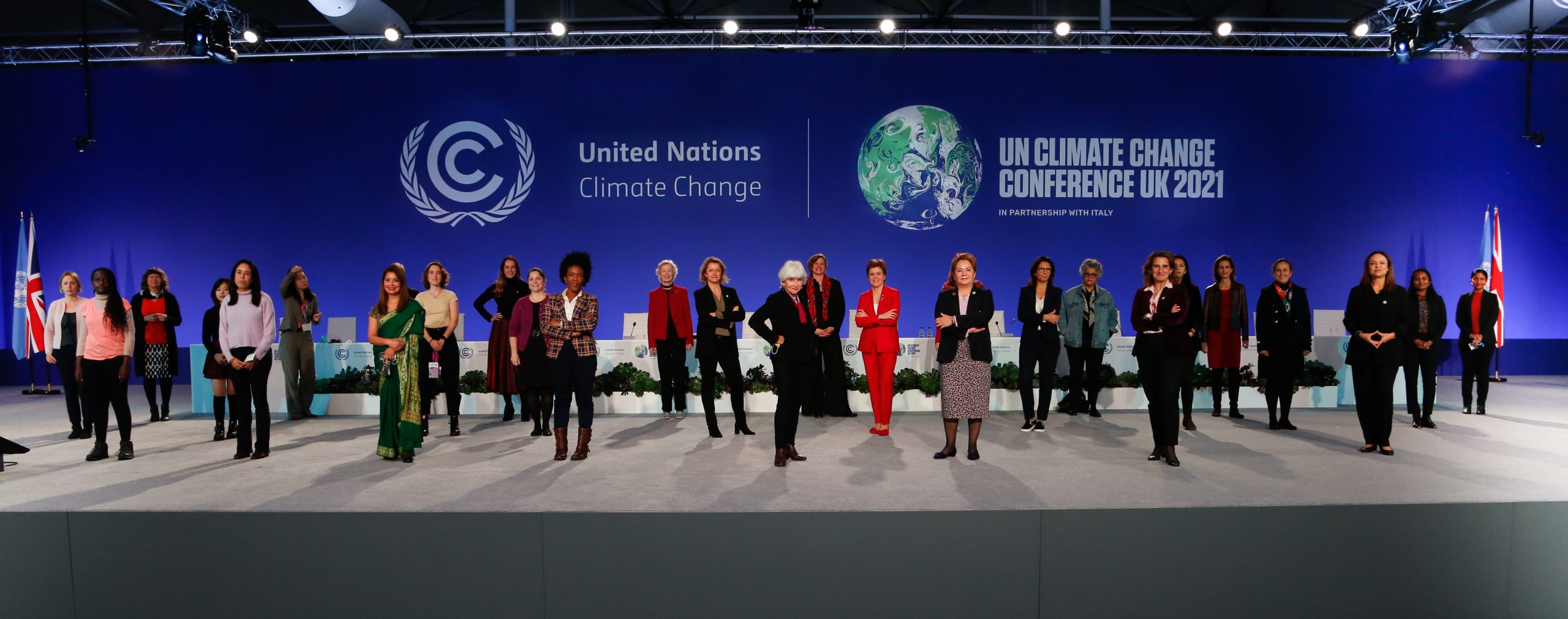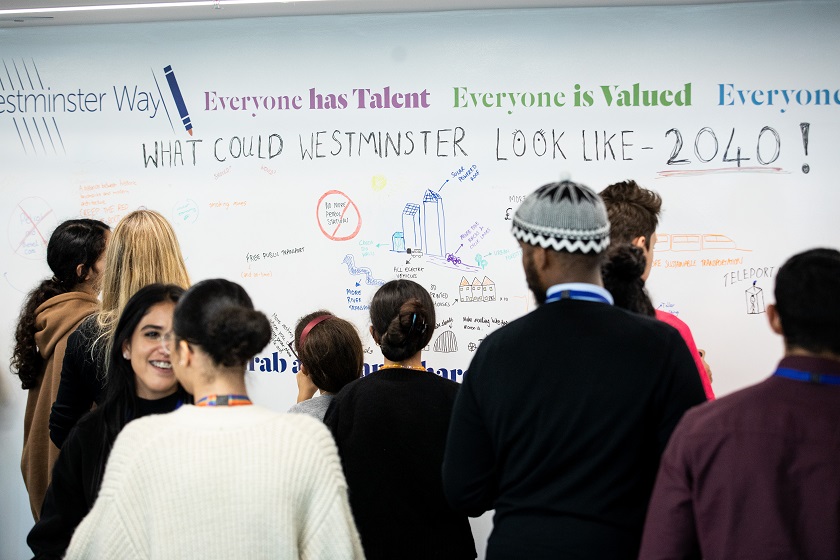COP26 Review: Marginal Gains Overshadowed by Disappointment for the Global South

After a last-minute deal was reached at COP26 after changes to the language in the agreement, Housing Industry Leaders gives an ungreenwashed look at the conference and what world leaders will be doing moving forwards.
A late push by India saw a weakening in the text around ‘phasing out’ and ‘phasing down’ of coal production. Despite the changes, this is the first COP that has concluded with an agreement on reducing coal production globally. This is a historic milestone no matter what rhetoric and language were used within the deal.
On mitigation, there were small levels of progress but not enough as expected when considering the optimism and hype that engulfed the build-up to COP26.
The agreement instructs countries to have strengthened nationally determined contributions (NDCs) by 2022 to help keep 1.5 degrees alive. Considering the length of time countries have had to strengthen their emission reduction commitments, it is unlikely that an extra year will increase the levels anywhere near what is needed.
Nationally determined contributions miles off the mark
All the major countries had created their NDCs before COP so were unlikely to negotiate their commitments in the timeframe. Most world leaders will have been focussing on more collaborative and global policies instead.
The key thing to note will be the progress made within the next year and to see where the pressure comes from to hold the countries to account. NDCs are one of the biggest keys to keeping 1.5 degrees alive.
As it currently stands, 1.5 is on the ropes. It is important to note that even with a global temperature increase of 1.5 degrees, there will still be huge climate change impacts across the planet.
Most notably, will be the poorer nations who emit the smallest amount of emission but face the largest effects of climate change.
This brings us to finance and how poorer countries are going to both push for net-zero and mitigate the current crisis they are facing.
One major win for the global south but most still feeling empty-handed
It was a mixed bag for developing countries getting the financial support they were asking for. Unsurprisingly, this was to be expected due to the sheer cost of climate financing.
The agreement that came from negotiations was that developed countries will have to double the funding for adaptation to climate change. This is the funding that is most important to developing countries and is currently 25% of finance flows.
In terms of total finance, the picture is not as pretty. Developing countries went to COP with the hope that developed countries would make up for their failed commitments to $100 billion a year with increased finance in 2024 and 2025 to catch up to the total.
This did not happen and the text remained for $100 billion per year for developed countries to pay. Although, this could change in 2025 when the funding goes under review.
‘Loss damage’ funding failed to adhere to global south requests
‘Loss damage’ was a term used a lot in COP talks and negotiations between MEDCs and LEDCs. Essentially, it is compensation paid by more economically developed countries to lower economically developed countries for the costs that their emissions have had on the global south.
Some will see this as the most disappointing aspect of COP. Poorer countries wanted a new and innovative financing facility but instead, the text handed them a ‘dialogue’ and ‘arrangements’ style agreement. Where have we seen this before?
Many have explained that the route to climate justice is through a ‘loss damage’ payment to the global south. Instead, they could be held accountable to £trillions by international courts for climate change.
This would mean the global south will potentially be paying for damages that they are not responsible for. The knock-on effects of this would mean less funding for global south NDCs, causing more environmental damage and more financial sanctions from international courts.
Carbon market loopholes finally plugged
As it currently stands carbon markets allow countries to offset their carbon emissions to avoid the cost of reducing emissions themselves. This has always been a controversial method and the agreement has closed many loopholes in this.
An underreported point, but this will go a long way in forcing governments to face the issues with a more head-on approach. The higher integrity rules are hoped to boost innovation in carbon reduction and decarbonisation methods across the globe.
On top of this agreement came a global deforestation pledge and a methane pledge. Both of these came within the first week of COP and have been received well across the global north and south. If implemented successfully they could close the emissions gap to a 1.5C path by around 9%.
Overall, COP26 was a real mixed bag. The optimists will say we have built a stronger blueprint to maintain the 1.5 degrees limit while the pessimists will say that the deal doesn’t go far enough and 1.5 degrees is dead in the water.
What is known for sure is global temperatures are going up and the impacts are getting worse and worse. There is lots of anticipation over the next year as countries work on their nationally determined contribution to global emissions.

